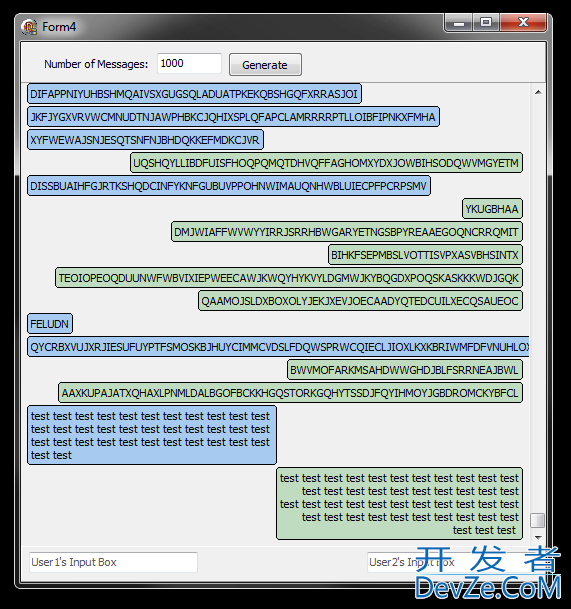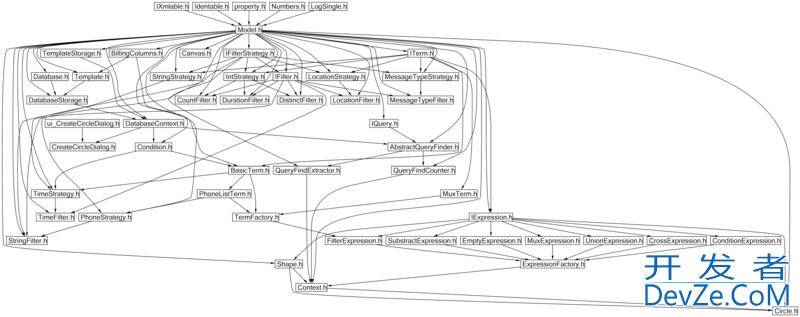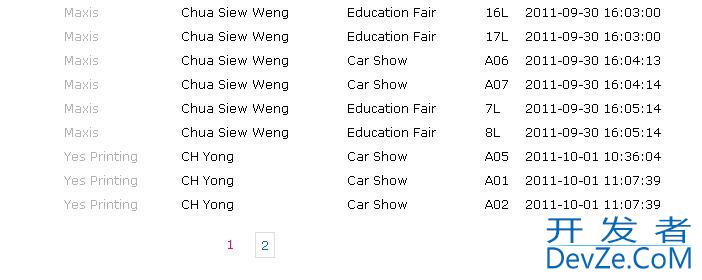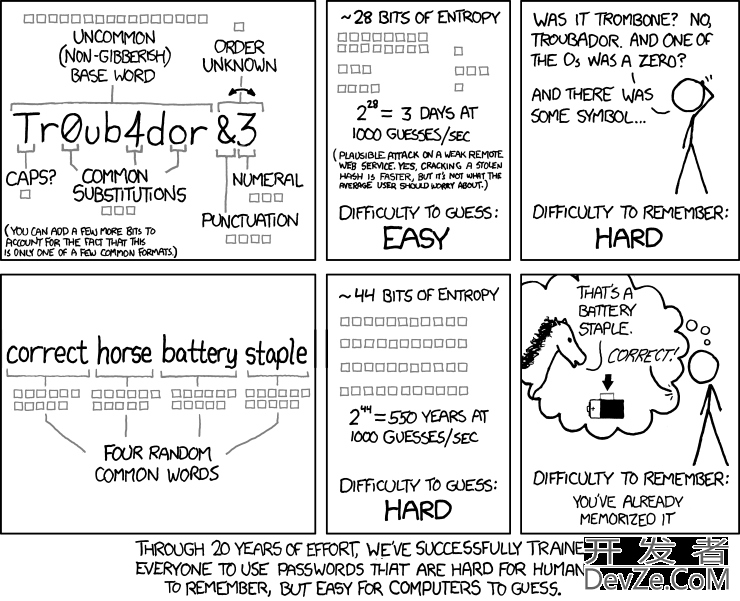I have a control with a ComboBox:
<ComboBox x:Name="TraceComboBox"
ItemsSource="{Binding SingleChannelList}"
SelectedItem="{Binding RelativeSource={RelativeSource FindAncestor,
AncestorType={x:Type cc:LogicTriggerSimpleLevelControl}},
Path=SelectedTrace, Mode=TwoWay}">
Here's the PropertyChangedCallback for the Property SelectedTrace in the OuterControl containing the ComboBox:
private static void OnSelectedTraceChanged(DependencyObject d, DependencyPropertyChangedEventArgs e)
{
OuterControl oc = d as OuterControl ;
oc.UpdateSelectedTrace();
}
private void UpdateSelectedTrace()
{
ViewModelType vm = DataContext as ViewModelType;
if (vm != null)
{
if (vm.SingleChannelList != null)
{
SelectedTrace = vm.SingleChannelList[0];
}
}
}
By my logic, the following should happen:
I select the 3rd object in the ComboBox (SingleChannelList[2]), and the change handler occurs. It then goes into the UpdateSelectedTrace() routine. At this point, the value of SelectedTrace is of course SingleChannelList[2]. Now, the UpdateSelectedTrace() routine forcibly sets the SelectedTrace property to the 1st object in the list (SingleChannelList[0]), which fires another change handler nested inside the first. "SelectedTrace" now equals SingleChannelList[0], and so the ComboBox should also show SingleChannelList[0] as its selection.
ALL of this happens when I follow with the debugger until the bold-faced last sentence, which instead plays out like this:
SelectedTrace now equals SingleChannelList[0], but the ComboBox displays 开发者_运维知识库SingleChannelList[2] as its selected item. I tried UpdatingTarget on the BindingExpression and still, the SelectedTrace Property holds the value SingleChannelList[0] while the ComboBox continues to show SingleChannelList[2]. These bindings are secure and tested and have always worked until I tried to do this. Can anyone tell me why this doesn't work correctly?
Thank you
This sounds like a scenario for dependency property 'value coercion'. Value coercion 'pushes' the value of the property to a valid value based on a desired value. Read more about it here:
Dependency Property Callbacks and Validation
I believe this is a performance optimization by the WPF framework. The origin of the property update doesn't get a propertychanged event (well, the binding equivalent) to re-update itself, since it is the origin of the change. You can force an update using an IdentityConverter (ValueConverter that just returns the value passed in) in the Binding.




![Interactive visualization of a graph in python [closed]](https://www.devze.com/res/2023/04-10/09/92d32fe8c0d22fb96bd6f6e8b7d1f457.gif)



 加载中,请稍侯......
加载中,请稍侯......
精彩评论